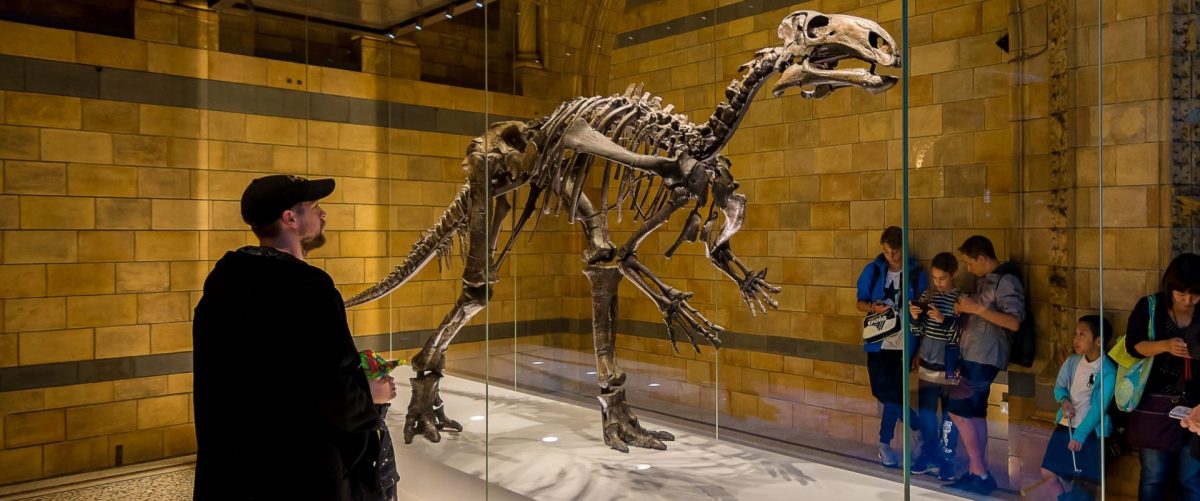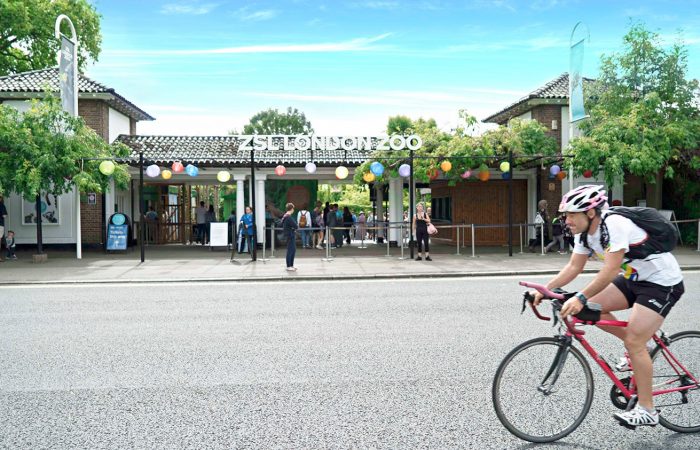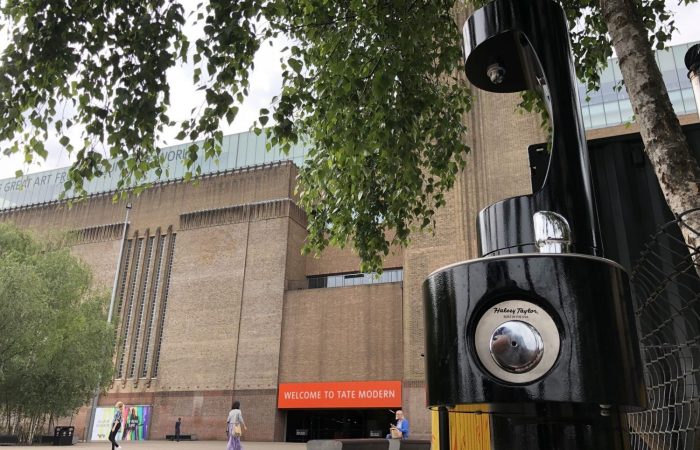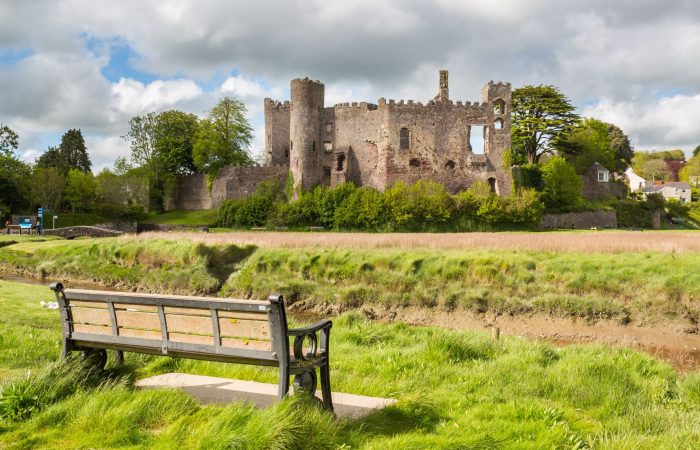The Process
The two main priorities for this project were to ensure that the most appropriate water dispenser for the site was installed, and that it was installed in a place that would attract a high volume of use without detracting from the Natural History Museum’s aesthetic.
Having carried out a site inspection and worked with the Natural History Museum’s Project Management Team to clearly ascertain their requirements, MIW recommended the installation of an indoor bottle refill station. The Halsey Taylor HTHBSM-WF – HydroBoost Filtered Bottle Filling Station Surface Mount was deemed the most appropriate dispenser for the selected location.
The HydroBoost is small and unobtrusive, and yet visually appealing. Its hands-free operation makes it extremely easy to use for people of any language and varying physical ability. The unit has a rapid refill rate, with mess-free laminar flow and 20 second automatic cut-off, helping to avoid spills. While an inbuilt drainage system prevents any accidental waste stagnating. As with all equipment supplied by MIW, the HydroBoost is WRAS (Water Regulations Advisory Scheme) approved, guaranteeing compliance with all water authority and UK Government health and safety guidelines. The unit is also GreenSpec Listed, thanks to its low energy consumption and measures to cut water wastage. Lastly, a ‘green ticker,’ which counts the number of bottles refilled by the unit is built in to allow the public and staff to see the difference the refill station is making.
Once the bottle filler had been selected, MIW customised it with #OneLess and London Mayor’s Office branding, before arranging a suitable installation time.
Throughout this project, MIW repeatedly liaised with Project Managers at both the Natural History Museum and the #OneLess Project to ensure that all needs were understood and met.

















